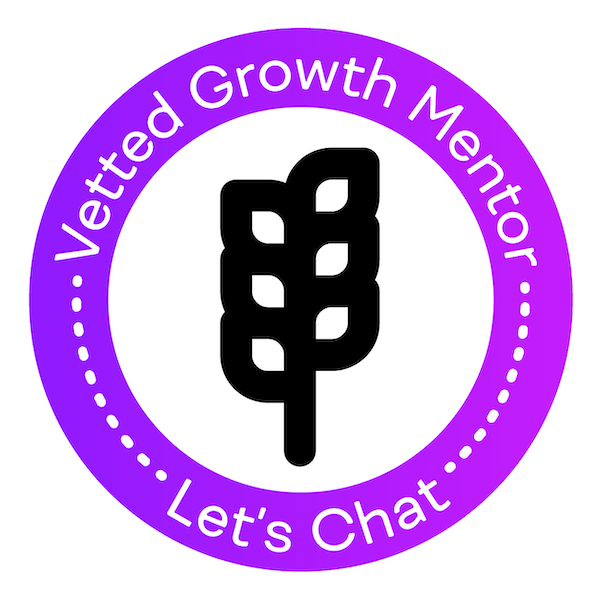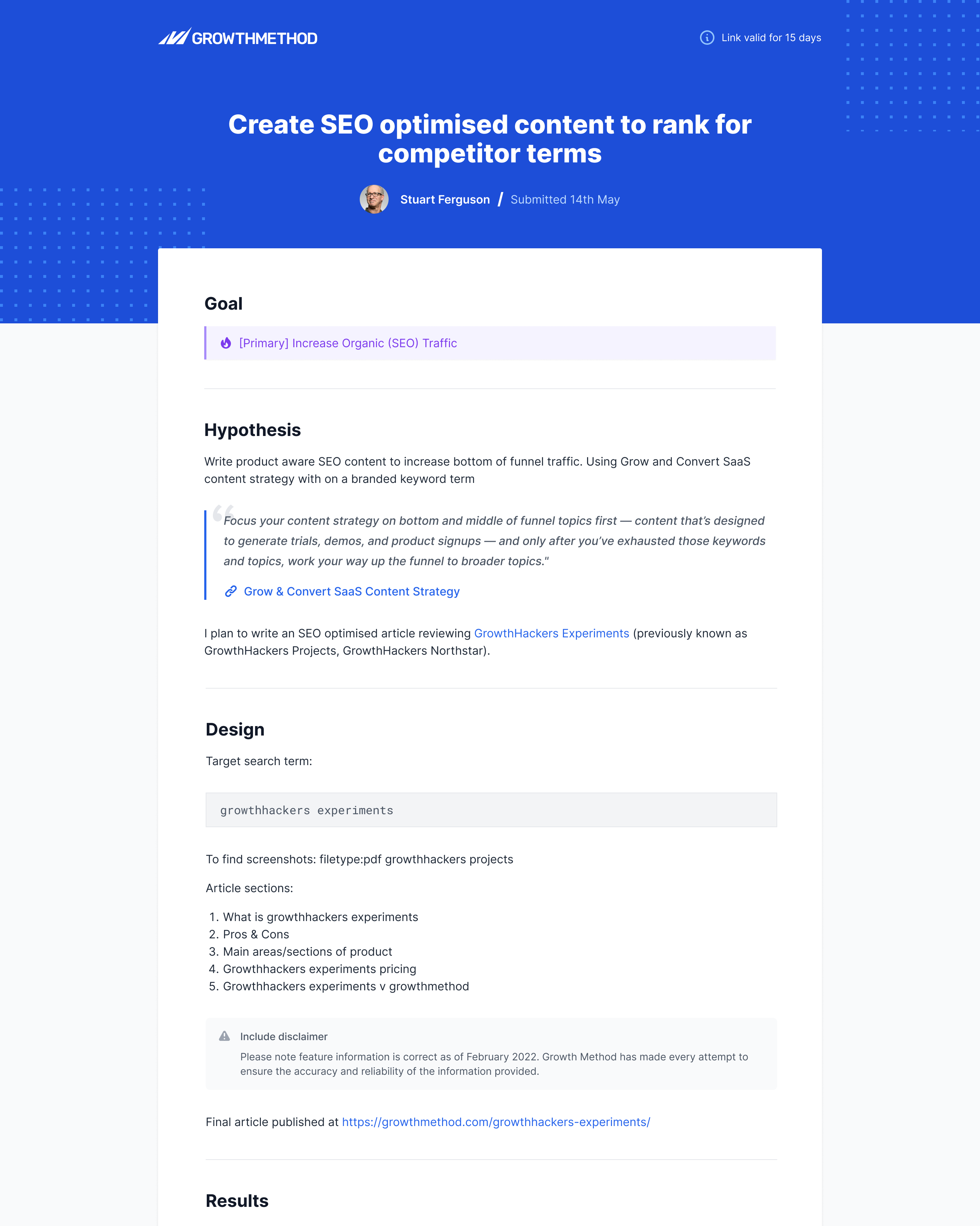Home / Agile Marketing /
What is kanban marketing?
Article originally published in February 2024 by Stuart Brameld. Most recent update in April 2024.
Request a demo
Project management for growth and agile marketing professionals. Map your acquisition funnel, integrate analytics and run agile experiments.
Experiment results
Recent experiments results include competitor SEO, AI-driven content, exit-intent modals and AB testing homepage headlines.
Case study
"We are on-track to deliver a 43% increase in inbound leads this year. There is no doubt the adoption of Growth Method is the primary driver behind these results."
![]()
Certified
We are vetted mentors with Growth Mentor and a partner with the Agile Marketing Alliance.
Definition of kanban marketing
Kanban marketing is a strategy that helps businesses manage their marketing tasks more efficiently. It’s a visual system, often using a board with columns and cards, to track the progress of tasks from start to finish. This method allows teams to see what work is being done, who’s doing it, and how close it is to completion. It’s all about improving workflow, reducing waste, and increasing productivity.
Kanban marketing also encourages continuous improvement by making it easy to identify bottlenecks and inefficiencies in the process. The visual nature of the kanban board allows teams to spot issues quickly and adjust their workflow accordingly. This approach is particularly effective in agile marketing, where the ability to adapt and respond to changes is crucial. Furthermore, kanban marketing fosters better communication and collaboration within teams, as everyone can see the status of tasks and understand their role in the bigger picture. It’s a powerful tool for driving growth and enhancing the effectiveness of your marketing efforts.
How does kanban marketing work?
Kanban marketing works by visualizing the workflow of a marketing project, from conception to completion. This is typically done using a Kanban board, which is divided into different stages such as “to do”, “in progress”, and “done”. Each task or project is represented by a card that moves from one stage to another as work progresses. This system allows marketers to see the status of all tasks at a glance, identify bottlenecks, and prioritize work based on capacity, thus improving efficiency and productivity. It also promotes transparency and collaboration within the team.
An example of kanban marketing
Growth Method, a SaaS company, uses a Kanban board to manage their marketing efforts. The board is divided into four columns: Backlog, To Do, In Progress, and Done.
In the Backlog column, they list all the marketing tasks that need to be done, such as creating a new blog post, designing a social media campaign, or updating the website.
When they’re ready to start a new task, they move it to the To Do column. This might include tasks like researching keywords for the blog post, drafting the social media posts, or gathering data for the website update.
As they start working on a task, it moves to the In Progress column. Here, they might be writing the blog post, scheduling the social media posts, or implementing the website changes.
Once a task is completed, it’s moved to the Done column. This gives the team a clear visual of what they’ve accomplished and what still needs to be done.
The team meets regularly to review the board, discuss any blockers, and plan for the next tasks. This way, they can stay agile, prioritise their work effectively, and ensure that their marketing efforts are always moving forward.
Questions to ask yourself
As a modern growth marketing or agile marketing professional, ask yourself the following questions with regard to kanban marketing:
- What are the key tasks that need to be completed in my marketing project and how can I visualise them using a Kanban board?
- How can I effectively limit the work in progress to ensure that each task receives adequate attention and resources?
- How can I use the Kanban system to improve the flow of work and reduce the time it takes to complete tasks?
- What metrics can I use to measure the effectiveness of my Kanban marketing strategy and how can I use this data to drive continuous improvement?
- How can I ensure that my team is fully engaged with the Kanban system and understands its benefits for our marketing efforts?
Other articles you might like
Here are some related articles and further reading on kanban marketing you may find helpful.
- What is scrum marketing?
- What is an agile sprint board
- What is an agile story card
- What is lean marketing?
- What is scrumban marketing?
- What is an agile kanban board
- What is an agile scrum board
- What is an agile task board
- What is person scrum?
- What is personal kanban?
About Growth Method
Growth Method is the growth platform designed for experiment-led and data-driven marketers.

Learn more at on our homepage, connect with me on LinkedIn or Twitter, or book a call here.


